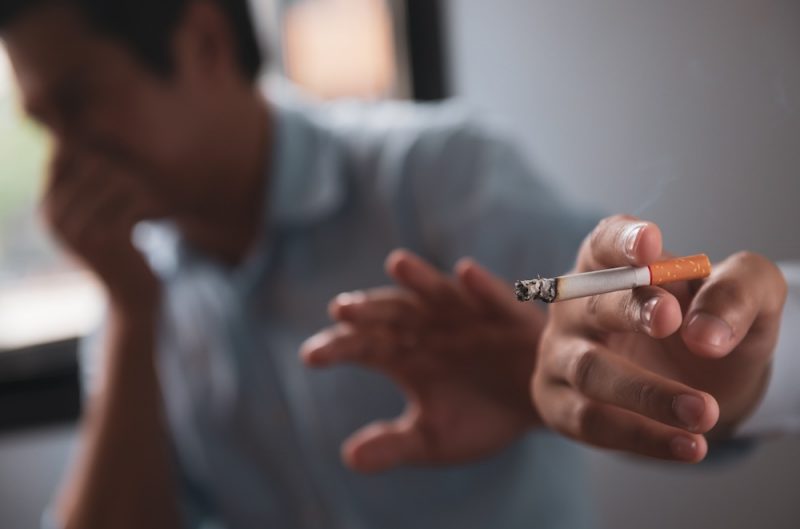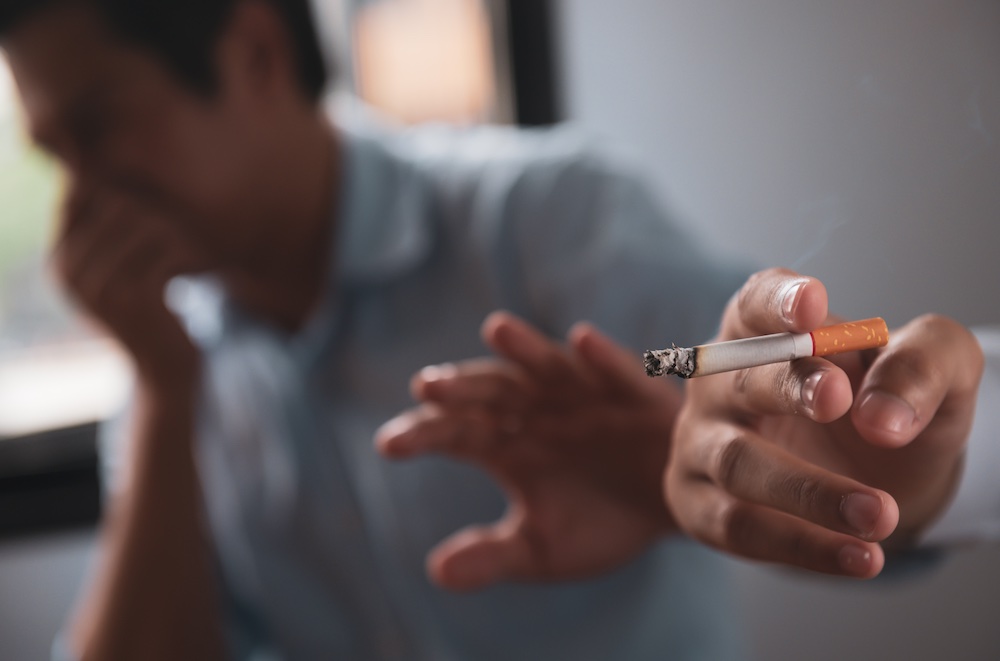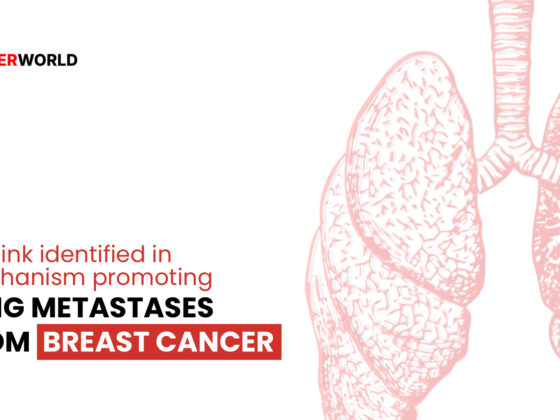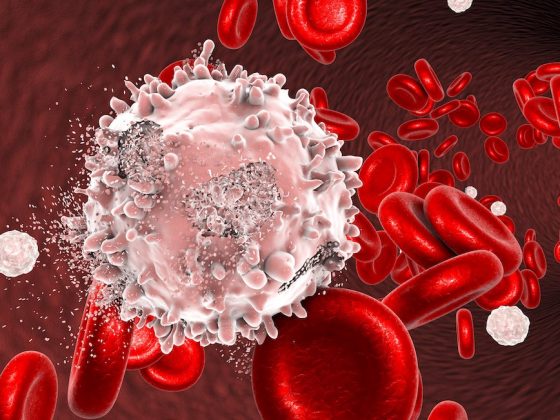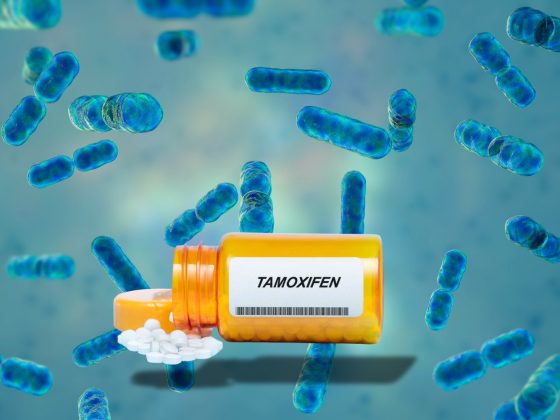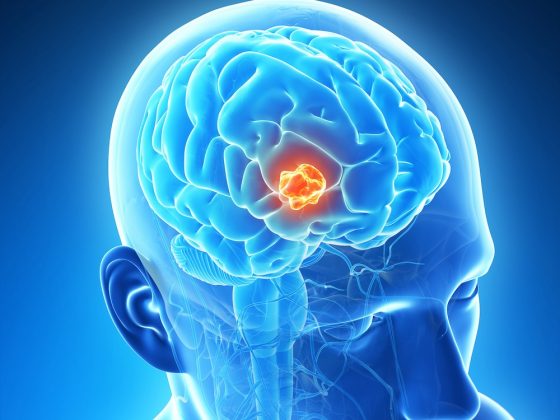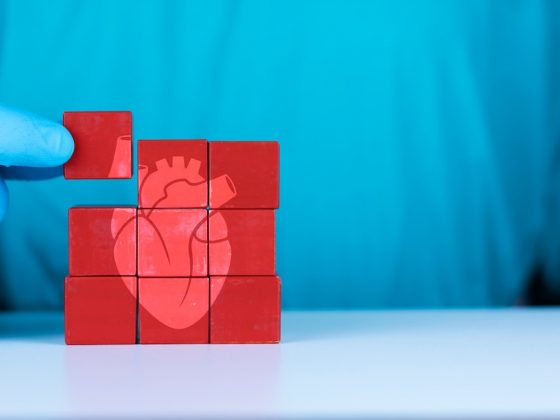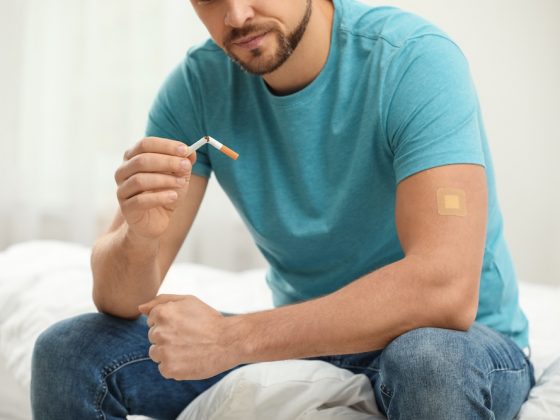Secondhand smoke significantly reduced the ability of chemotherapy to kill head and neck cancer cells and increased the cells’ ability to reproduce. The study, published in the International Journal of Molecular Sciences, found that secondhand smoke altered the proteins that carry cisplatin into cancer cells.
“These findings emphasise the urgent need for clinicians to consider the potential role of SHS [secondhand smoke] on treatment outcomes and to advise cancer patients and caregivers on the potential benefits of avoiding SHS exposure,” write the authors, led by Lurdes Queimado, from the University of Oklahoma Health Sciences Center.
Tobacco smoking is one of the most important risk factors for head and neck squamous cell carcinoma (HNSCC), the sixth most prevalent cancer worldwide. Cisplatin, an alkylating agent that damages the DNA of dividing cells, is the preferred drug for HNSCC primary systemic therapy, used either concurrently with radiotherapy or alone, followed by postoperative chemoradiation. Despite high rates of initial response, development of chemoresistance is frequent and leads to therapeutic failure. Over 50% of HNSCC patients are known to continue smoking, a practice associated with increased cisplatin resistance, which is an independent prognostic factor for survival. While there have been no reports of the effects of secondhand smoke exposure on cancer therapy efficacy, a single prospective cohort study, published in J Otolaryngol Head Neck Surg in 2019, showed that exposure to secondhand smoke was an independent predictor of HNSCC recurrence and disease-free survival. Furthermore, in a study published in Oral Oncol in 2022, Queimado and colleagues showed that cancer patients who smoke at the time of diagnosis, but who go on to quit before first-line chemotherapy, are 3.7 times more likely to achieve complete response to first-line therapy compared with those who continue smoking during therapy. The team also showed that disease free survival was higher among quitters, and that quitters were 67% less likely to die of all causes.
To better understand the reasons behind these disparities in outcomes, the current study investigated the impact of exposure to secondhand smoke on HNSCC cisplatin treatment efficacy and clonogenic survival. In the laboratory, Queimado and colleagues exposed three different head and neck cancer cell lines to secondhand smoke for 48 hours and compared outcomes to a control group of cancer cells without such exposure. All cells were administered cisplatin.
To ensure the setup mimicked the human experience, cell lines were exposed to ‘side stream smoke’ (defined as cigarette smoke coming from the lighted end of a burning tobacco product), delivering 48ng/mL nicotine. “This value was chosen to match the reported nicotine average in the saliva of non-smokers two hours after exposure to secondhand smoke,” explains Balaji Sadhasivam, the first author. The study, he adds, used three different HNSCC cell lines – UM-SCC-1, WSU-HN6, and WSU-HN30 – derived from different areas of the mouth, to ensure results were relevant to a broad spectrum of HNSCC patients.
Total cell viability was assessed with the MTT assay, which measures the cell’s metabolic activity, and total cell death was measured with Incucyte Live-Cell analysis, which uses a dye binding to fragmented DNA as a marker of cell death. Additionally, half-maximal inhibitory concentration (IC50) was measured by exposing HNSCC cells to a range of cisplatin concentrations along with side stream smoke.
Results showed that, compared to cisplatin treatment alone, cancer cells exposed to both cisplatin and side stream smoke extracts showed a significant increase in cell viability for all three HNSCC cell lines: UM-SCC-1 P=0.007; WSU-HN6 P=0.002; and WSU-HN30 P=0.0001.
The assay for apoptosis revealed that side stream smoke extract exposure significantly decreased cisplatin-induced apoptosis in UM-SCC-1 (P<0.0001), WSU-HN6 (P<0.05), and WSU-HN30 (P<0.0001) cells. “These data suggest that SS smoke exposure blocks cisplatin-induced apoptosis leading to cisplatin resistance,” write the authors.
Exposure to side stream smoke extract significantly reduced the expression of cisplatin influx transporter CTR1 (P<0.01) and cisplatin efflux transporter ATP7A (P<0.01) in comparison to unexposed control cells. “Both, low CTR1 and high ATP7A protein expression are associated with low intracellular cisplatin availability, and have been shown to be predictive of cisplatin resistance,” write the authors. The data, they add, suggest that side stream smoke exposure increases cisplatin resistance by reducing cisplatin cellular availability, possibly through both reduced cisplatin uptake and increased cisplatin efflux.
The concentration of cisplatin required to induce a 50% reduction in cell viability was significantly higher in the presence of side stream smoke than in unexposed cells for all three cell lines: UM-SCC-1 P<0.0001; WSU-HN6 P=0.0035; and WSU-HN30 P<0.0001. “Our data show that in presence of side stream smoke extract, approximately twice the concentration of cisplatin is required to achieve the same treatment efficacy,” write the authors, who add that higher cisplatin doses were unlikely to be feasible due to high organ toxicity.
“Our study is the first to document that exposure to secondhand smoke can increase cisplatin resistance by altering the expression of several proteins involved in multidrug resistance, thus increasing the cells’ capability to evade cisplatin-induced cell death,” they conclude.
The study, Queimado tells Cancerworld, has major clinical implications. “First, we need to educate patients and medical teams about the risk of secondhand smoke exposure, and second we need to bring patients and caregivers into smoking cessation programmes.”
Lessons learnt from the study, she adds, are likely to apply to other chemotherapy drugs that use the same multidrug transporters as cisplatin, such as methotrexate, mitoxantrone, and daunorubicin. “In people exposed to secondhand smoke, we might need to consider other chemotherapeutic drugs that don’t use the same multidrug transporters,” says Queimado.
The team are currently starting a prospective study to measure the impact of secondhand smoke exposure on cancer therapy efficacy in HNSCC patients.

